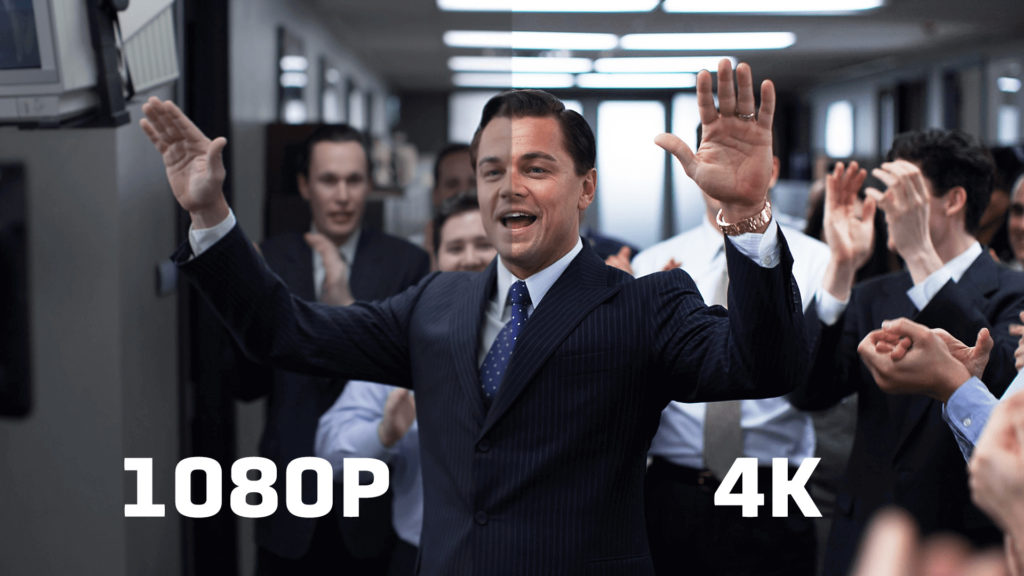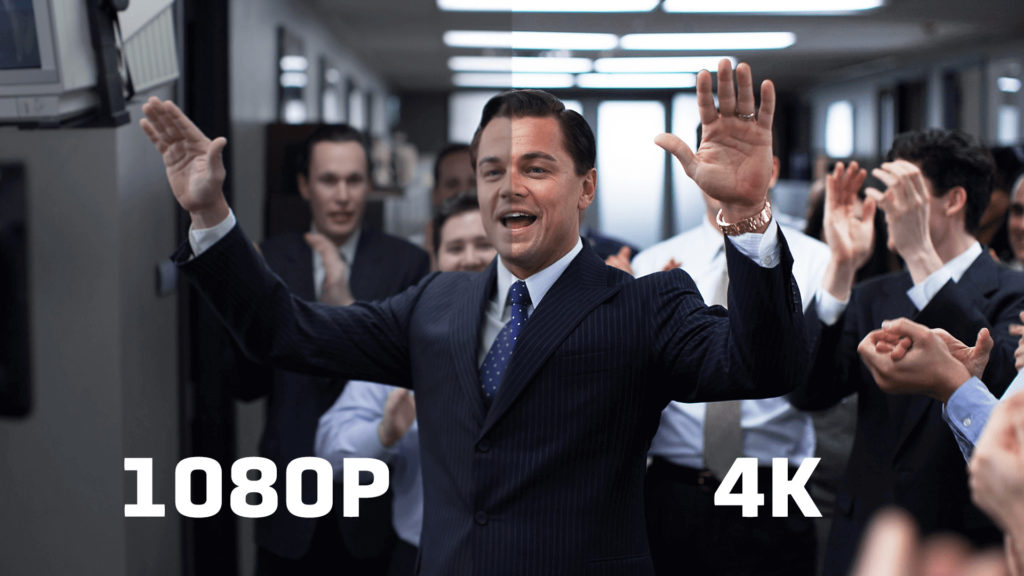
Get Video Editing Tips, Tricks, and Guides Straight to Your Inbox
With nearly four times more pixels in resolution compared to 1080p video, 4K is still causing concern when it comes to shooting. The extra resources that 4K uses up can put a lot of people off. When you’re choosing the right resolution for shooting, make sure you know which resolution is more effective for the purpose of your footage. We’re going to list the pros and cons of both resolutions, so you can make your own choice when it comes to shooting.
It goes without saying, 4K video technology is extremely detailed and high-quality when it comes to the final result. 4K means more resolution, more clarity and more editing options when it comes to post-production. The higher the resolution that 4K brings is particularly suited to VFX-heavy projects where accurate keying may be required. Large-scale clients will definitely appreciate the magic that 4K technology brings to the end result.
Unlike 1080p footage, higher resolution 4K can be cropped, zoomed in and reframed with minimal loss of quality. This is extremely useful when you want to use different perspectives. Particularly when filming interviews, shifting from headshots to full-body shots and other close-ups are easy to do.
As tempting as the pros of 4K sounds, there are also reasons when you might not want to shoot in 4K. If you’re shooting a small project with little to no special effects, you can settle for 1080p instead of going the extra mile with 4K. This will save you time and resources, since 4K can push your editing system to the limit.
Because 1080p is four times smaller than 4K, in most cases the workflow is faster and far less time consuming. In addition to saving time you also save money, since you don’t need to have such an expensive editing computer to work around the footage. 1080p also requires less storage than 4K, which enables you to store more footage on your memory cards.
It is important to think about how the footage is going to be used. If you are planning to share the edits on the internet, 4K videos might be too much for your viewers. Slow internet and long loading times might turn your customers away, particularly when working with social media on mobile devices where the difference between 1080p and 4K is not as noticeable as you may think.
You might want to shoot with 1080p resolution with projects like a daily video blog or projects with a quick turn-around period. For a beginner, we would recommend starting with a 1080p, since jumping straight into 4K might be overwhelming when it comes to the heavy workflow and storage space.
Can you have the best of both worlds? Yes you can! Many video creators will start shooting with 4K and edit and upload in 1080p. This enables you to reframe your footage without any resolution loss. Since the final output is in 1080p, any additional visuals and titles can be rendered with just 1080p which can save a lot of your time and expenses.
Since more and more content is being available in 4K resolution, we think getting shooting in 4K is inevitable and a smart move. 4K resolution is now the standard for most of the new TVs and even broadcasters will demand 4K. Streaming giant Netflix has demanded this for years now and they are not the only ones. Amazon has gotten into the 4K streaming by offering shows like Transparent, The Grand Tour and Mad Dogs – all in 4K. Even in the UK, Sky has started broadcasting sports in 4K and BT is moving to that direction as well.
For mobile devices, most people might question themselves, is 4K really necessary for such a small screen? There's really no reason to go for a 4K on a phone because it requires more power and more materials that amps up the costs. Having more pixels, means more energy, which means a bigger battery. The distinctive difference between 4K resolution to 1080p in such a small screen is so small, which explains why the trend for 4K resolution has not taken off in the smartphone industry.
Here are some questions to help you to decide between 1080p or 4k for your edit:
So, 1080p or 4k? The choice is entirely yours. You can work just as well on both in Lightworks.
